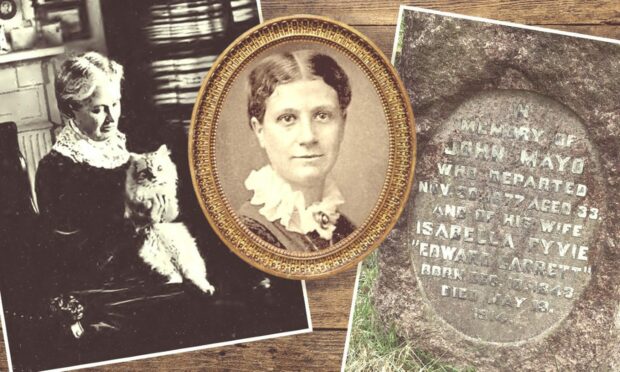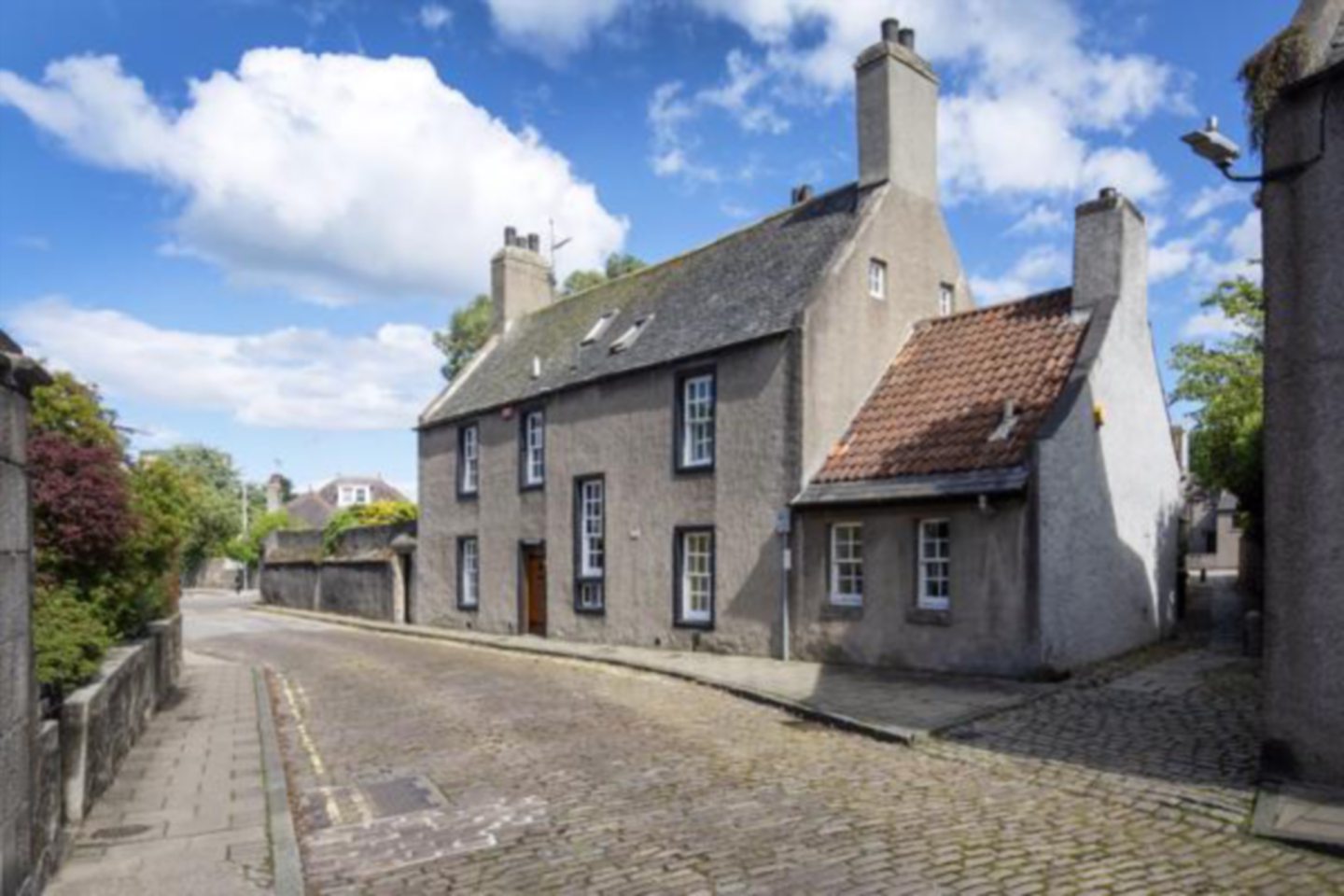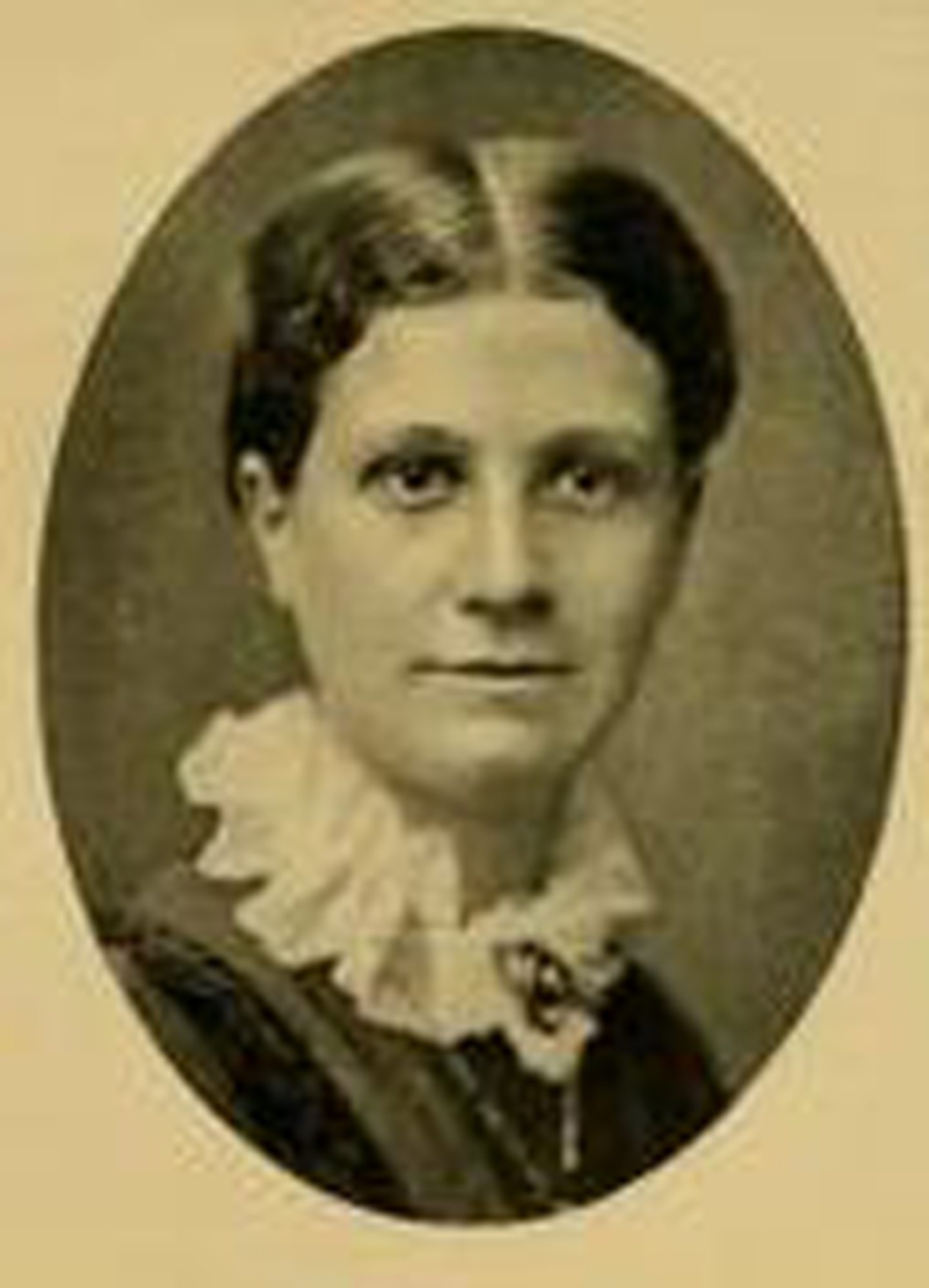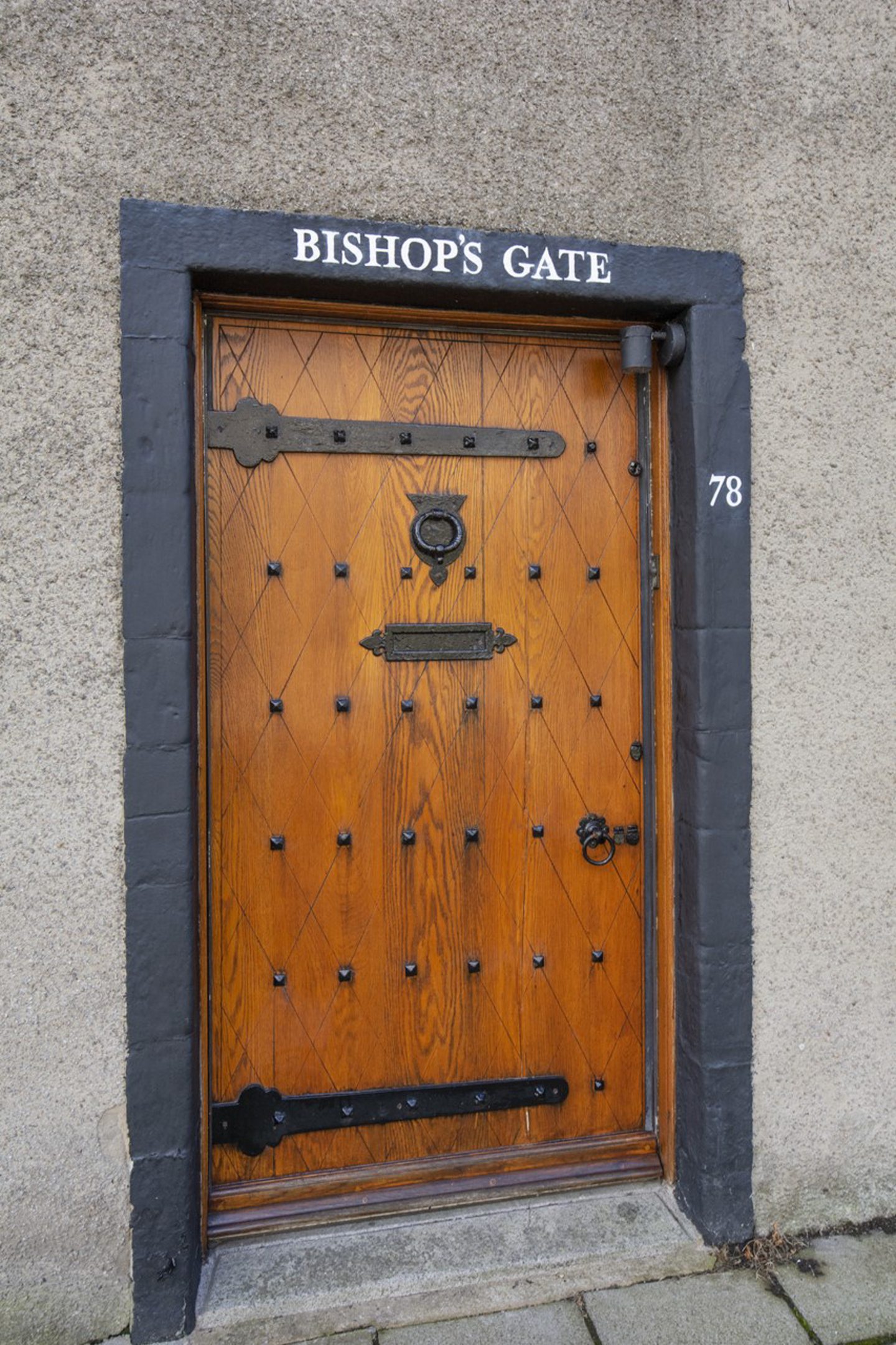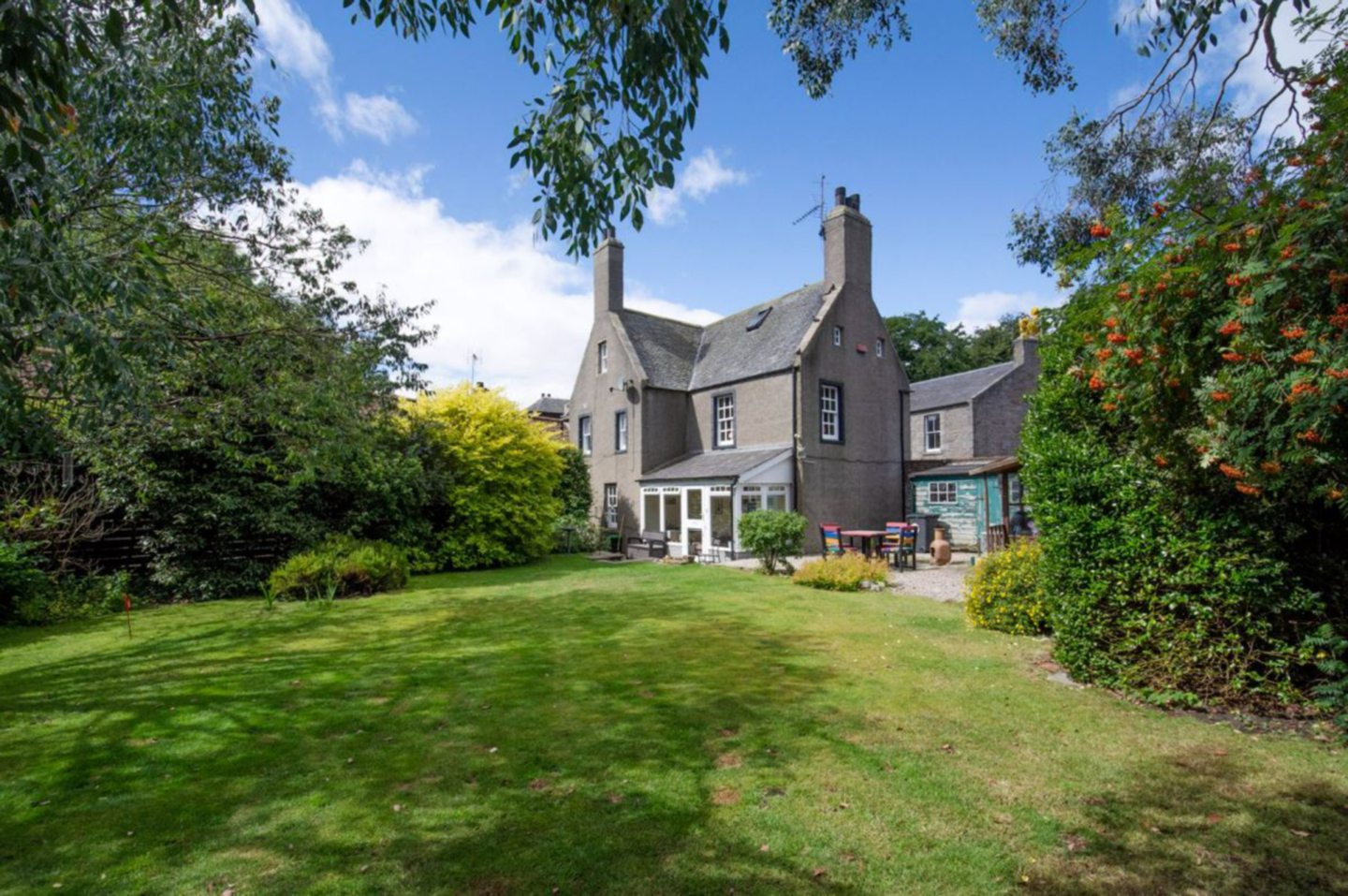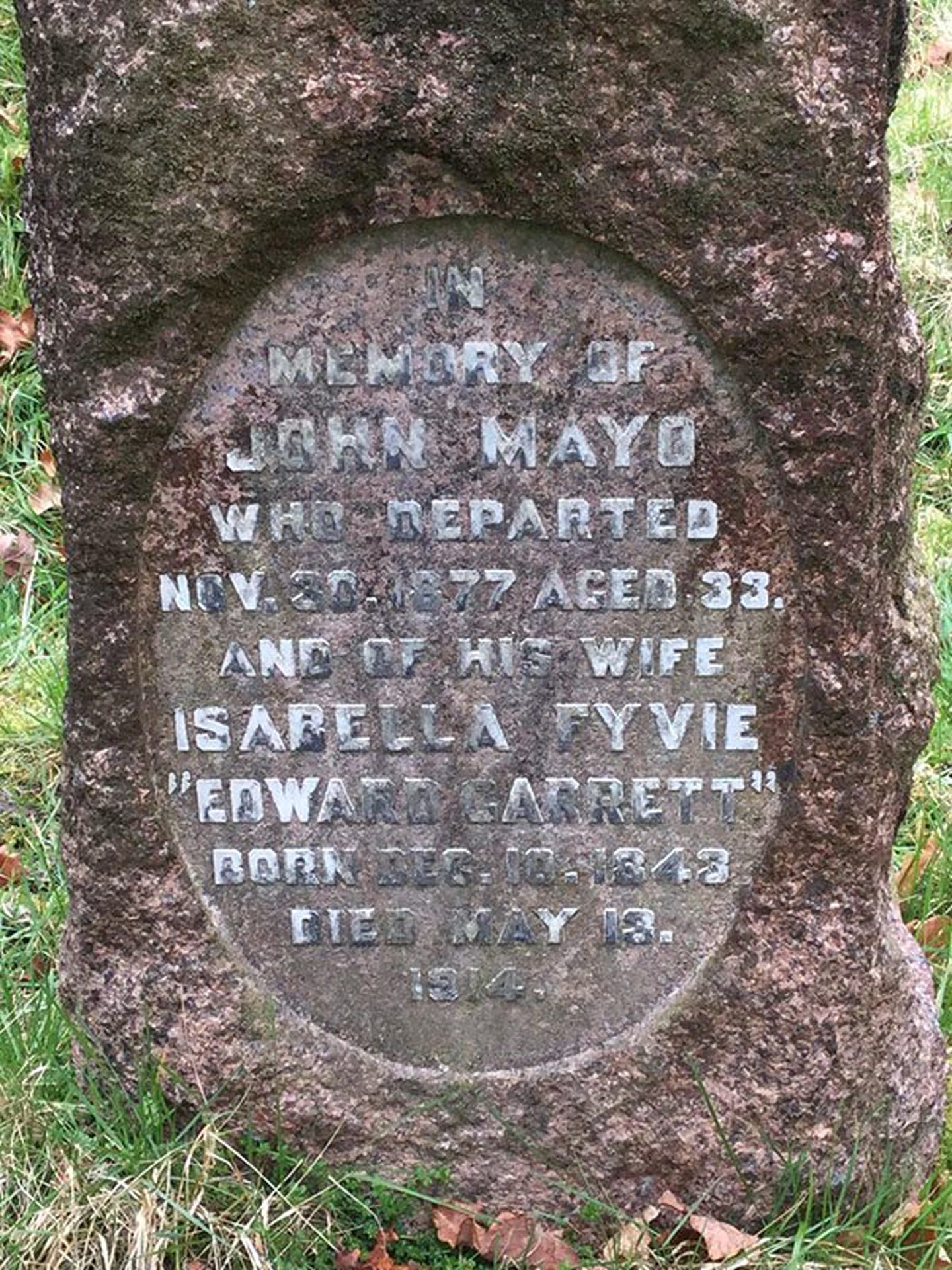It’s a property with links going all the way back to the 17th century – and it was once the home of an acclaimed north-east author and suffragette.
Bishop’s Gate, a B-listed townhouse in Old Aberdeen, has gone on the market this week at offers over £399,500 and the vendors have pointed out how the 1694 building is surrounded by many historic places, including the area around St Machar Cathedral known as the Chanonry with the structure dating from the 12th-13th century.
Yet, there’s a more recent connection between the house and a hefty slice of British social history. Because this residence was once home to Isabella Fyvie Mayo: a name with whom many readers might be unfamiliar, but who was a genuine trailblazer, whether as a suffragette, social campaigner, friend of Mahatma Gandhi or prolific writer, poetess, pamphleteer….somebody who packed an awful lot into her 71 years.
Although she was born in London in 1843 to Scottish parents, George Fyvie and Margaret Thomson, Isabella grew up learning all about her north-east heritage and developed into a progressive champion of equal rights for men and women.
Her initial encouragement to write came from a relative, who spotted promise in her school essays and occasional poems, and suggested she pursue a literary career.
An extraordinary character
However, there was no easy path to success.
On the contrary, the youngster worked for seven years without earning a penny and it was only once her Occupations of a Retired Life appeared in The Sunday Magazine that she gained the motivation to pursue a literary career and, even then, published most of her output under the pseudonym Edward Garrett.
(Women were not supposed to indulge in political writing).
It was just one string to the bow of this extraordinary character.
In 1870, she married John Ryall Mayo, a London lawyer who subsequently became the first mayor of Yeovil, yet although the couple travelled to Canada before settling in the south of England, he suffered from poor health and died in 1877 when she was only 24.
That tragedy was the catalyst for Isabella moving to Aberdeen, becoming active in several of the major political issues of the time, including women’s pursuit of the vote and the creation of a more left-wing party to boost workers’ rights.
She detested the rich preaching to the poor
As an accomplished polemicist and sharp-witted speaker, she swiftly gained a reputation as a formidable figure and was at the centre of several debates in the women’s suffrage movement between those she called the “suffragists of the old school” and the militant WSPU, and the “singularly effete” local activists who were linked so closely to the Women’s Liberal Association that it was limited to “one shade of political opinion.”
On myriad occasions, she condemned women from wealthy backgrounds urging their working-class counterparts to risk going to jail to further their cause. She argued consistently that females, of all ages and backgrounds, had to stand together as one.
In that matter, as in so many others, Isabella was a radical and engaged in a range of exchanges, as convenor of the local WSPU events, with Emmeline Pankhurst and Helen Fraser, and in the press, where she defended herself vigorously in the Aberdeen Journal against somebody who called themselves ‘Anti-Suffragette’.
She also entered into long-term correspondence with a young Mahatma Gandhi and the duo held each other in high esteem. As one contemporary report stated: “This energetic, gracious, and high-minded lady was a soulmate of Gandhi.
Isabella was a ‘truly noble soul’
“In the three years of their correspondence, they shared many concerns, both political and personal, and she did much to reinforce Gandhi’s already well-developed interests (in the welfare of Mankind). He, in turn, wrote that she was a ‘truly noble soul.”
She also championed causes which did not endear her to many in her adopted city, expressing opposition to the Boer war and condemning racism across the British Empire, while emerging as the first-ever woman member of the Aberdeen School Board and campaigning as a tireless advocate for the newly-formed Labour Party after 1900.
And, all the while, in the guise of Mr Garrett, she was writing books and contributing an abundance of material to such publications as Sunday Magazine, Good Words, The Quiver, The Girl’s Own Paper, Pall Mall Gazette and The People’s Friend.
Isabella was not an attention-seeker, nor somebody inclined to promote her books, even though she could have mentioned her links to Gandhi and to War and Peace author Leo Tolstoy, with whom she also communicated.
‘A woman of advanced thought’
She spoke to the Aberdeen Journal in a rare interview at the turn of the 20th century and explained she had never sought fame or fortune from any of her literary undertakings.
And, in a memorable response, she added: “I have written for my own pleasure, so it has always been a delightful surprise to be recognised as a familiar friend in hotels, on ocean steamers, in Constantinople, in Canada, in Palestine, in Italy and elsewhere.
“I have never made any announcements about any of my books – and this has probably cost me a good deal – and yet, and yet, as an old actress said the other day of her profession: ‘The big salaries do not always end in truest prosperity.”
Her opinions were keenly-felt, but she always listened to the other side of any argument, which ensured that even those who disagreed with her views could not deny she was a doughty stalwart for her party, for womanhood and for human rights.
When she died of cancer in May 1914, the Aberdeen Journal paid a fulsome tribute to Isabella and described her as “gifted authoress” and “social reformer”.
It said: “She was a woman of advanced thought and strong views which she never hesitated to express. She was an ardent supporter of the enfranchisement of women, long before that cause came so prominently before the public gaze.
She was the democrat’s democrat
“The coloured (sic) races, international peace, the well-being of the industrial worker and other movements had her sympathy and she nurtured close friendships with people from India, Burma and other countries.
“Though born in London, she always regarded herself as an Aberdonian and was proud of her roots. She was once described as a democrat of democrats.”
As Professor Sarah Pedersen of Robert Gordon University said: “Isabella deserves to be better known in Aberdeenshire, as both a successful author and a radical campaigner. While her novels and magazine articles would mostly not be to the taste of a modern audience, many of the issues on which she campaigned – anti-war, anti-vivisection, anti-racism, and anti-colonialism – are still relevant to us today.
“She was a radical and an idealist. And her global reputation meant she could count Gandhi and Tolstoy as friends – which was no mean feat for a woman living in Aberdeenshire at the end of the 19th century.”
Isabella was subsequently buried with her husband in Coldharbour Churchyard in Surrey. But there was one more voyage to undertake – with a special granite cargo.
The Evening Express reported: “There has just been completed in Mr James Taggart’s yard in Great Western Road several crosses for different parts of the country.
“One of particular local interest is a wheel cross in Peterhead granite which is to be erected in Surrey. The cross, the whole of which is rustic, stands six feet high, and has no die or bases. On the face of it, an oval-shaped panel has been finely axed for the following inscription in raised leaded letters – ‘In memory of John Mayo, who departed 30th November 1877, aged 33. And of his wife, Isabella Fyvie, ‘Edward Garrett,’ born 10th December 1843, died 13th May, 1914.”
Even though their remains lie in the Home Counties, it’s clear a little part of that churchyard will forever be connected with the Northern Lights of Old Aberdeen.
Further details are available at
https://www.blackadders.co.uk/properties/9364/bishop-s-gate-78-don-street-old-aberdeen-ab24-1uu
You might also like:
The Pankhurst sister sent from Aberdeen to Australia with £20 and a one-way ticket
